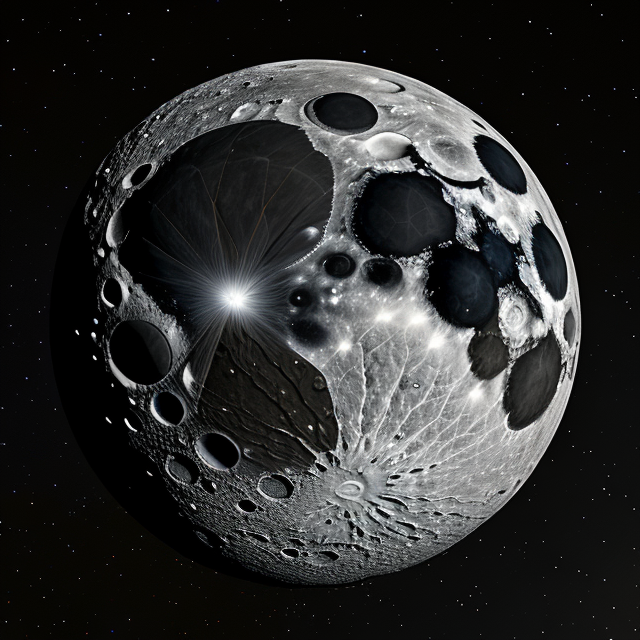|
|
Space Astro
|
Info for exoplanet "Chifu"
| Scientific (actual) data |
|---|
| Name | Kepler-258 b |
| Planet status | Confirmed |
| Radius | 0.362 |
| Orbital period | 13.1972 |
| Semi major axis | 0.103 |
| Discovered | 2014 |
| Updated | 2021-02-05 |
| Tconj | 2455000 |
| Impact parameter | 0.11 |
| Publication | Announced on a website |
| Detection type | Primary Transit |
| Alternate names | 2MASS J19361643+4634455 b, K00951.01, KIC 9775938 b, KOI-951 b, KOI-951.01, WISE J193616.42+463444.9 b |
| Star name | Kepler-258 |
| Right ascension | 294.07° |
| Declination | 46.58° |
| Mag j | 13.556 |
| Mag h | 13.086 |
| Mag k | 12.956 |
| Star distance | 585.6 |
| Star metallicity | 0.415 |
| Star mass | 0.8 |
| Star radius | 0.92 |
| Star temperature | 4942 |
| Star alternate names | 2MASS J19361643+4634455, KIC 9775938, KOI-951, WISE J193616.42+463444.9 |
| Wikipedia article | Kepler-258 b |
Back
| |
| Fictional info (?) |
|---|
| Suggested name | Chifu |
| Planet type | Terrestrial |
|
The lovely lakes are mostly crowded with unreliable yet interesting carnivores known as "Ragisesa". They survive in the forest by finding nourishment in smaller pray. Ragisesa are similar to the Gihibyu-shi, have 8 tentacles and vary in size from 6 to 13 cm. Ragisesa can survive temperatures from 10 to 50°C but are killed by electrical shock which is rare on this planet. |
| Estimated population | 0.11 |
| Atmosphere | Oxygen | 85% |
| Methane | 9.9% |
| Water | 3.8% |
| Carbon dioxide | 0.23% |
| Atmospheric pressure | 0.8 bar |
 |
| No known satellites |
| Google search for Chifu |
|
Website by Joachim Michaelis
|
|
|
|